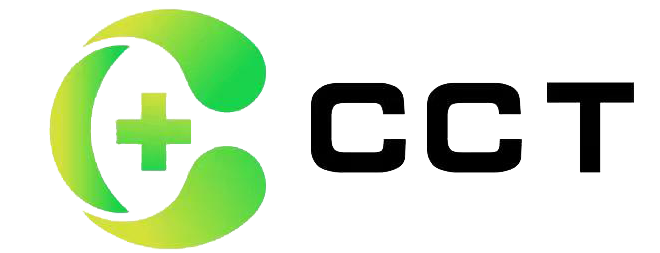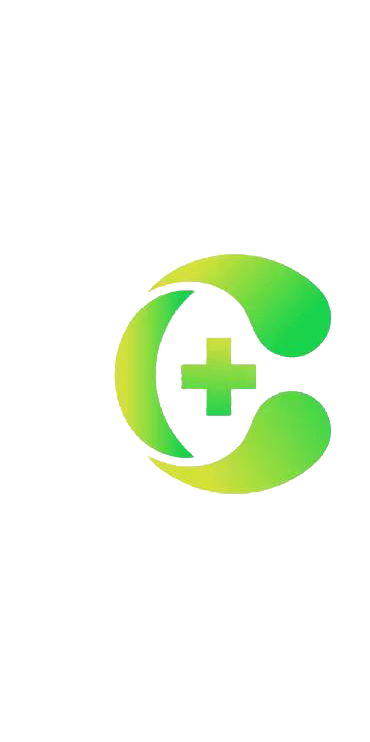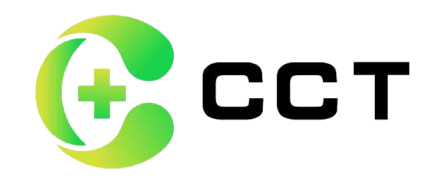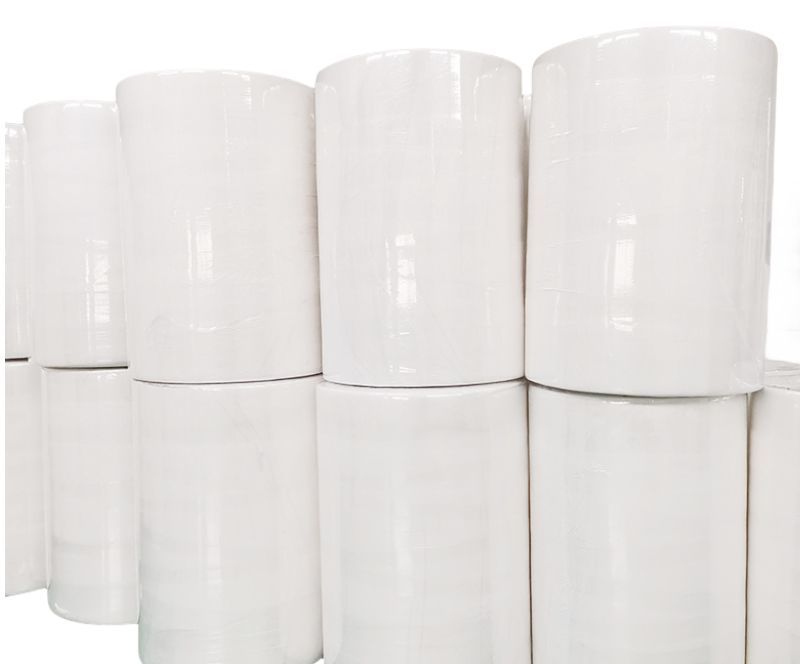In our daily life and various industrial production, we often come across various types of fabrics. These fabrics can be categorized into woven fabrics and non-woven fabrics depending on the manufacturing process and usage. So, what is the difference between woven and nonwoven fabric? What are their respective advantages and disadvantages? And they are widely used in which industries? This article will explain in detail.
1. The basic difference between woven fabric and nonwoven fabric
Woven fabric
Woven fabrics are fabrics made by weaving techniques, such as looms, in which yarns are interwoven according to a specific pattern. Its main characteristic is that the fabric has a warp and a weft, wrap and weft to form different structures.
Nonwoven fabric

2. The advantages and disadvantages of the analysis
Advantages of the chiffon cloth
High strength: due to the interwoven structure of the yarns, the chiffon cloth has high strength and abrasion resistance.
Good durability: the fabric is not easy to tear, high durability, suitable for long-term use.
Good Breathability: The gap between the yarns makes the chiffon cloth have good breathability and comfort.
Disadvantages of Organic Fabric
Higher cost: the production process is complicated, requiring spinning and weaving, which is costly.
Slow production speed: the weaving process is relatively slow, low production efficiency.
Easy to wrinkle: the fibers are neatly arranged and are prone to creases and wrinkles.
Advantages of nonwoven fabrics
Fast production speed: no need for spinning and weaving, simple production process, high efficiency.
Low cost: high utilization rate of raw materials, low production cost.
Multifunctionality: fabrics can be endowed with different functions by adding different chemical agents, such as waterproof, fireproof, antibacterial, etc.
Disadvantages of nonwoven fabrics
Lower strength: the strength and abrasion resistance of nonwoven fabrics are low and easy to tear.
Poor comfort: Breathability and softness are not as good as that of the woven fabrics, and the comfort level is poor.
Environmental issues: some nonwoven fabrics use chemicals that have an impact on the environment.
Lower strength: the strength and abrasion resistance of nonwoven fabrics are low and easy to tear.
Poor comfort: Breathability and softness are not as good as that of the woven fabrics, and the comfort level is poor.
Environmental issues: some nonwoven fabrics use chemicals that have an impact on the environment.
The application industry
The application of woven fabric
Clothing industry: used to make a variety of clothing, textiles, such as shirts, pants, skirts and so on.
Home decoration: used to make curtains, sofa covers, tablecloths and other home decorations.
Industrial fabrics: such as filter cloths, conveyor belts and other products that require high strength and durability.
Applications of nonwoven fabrics
Healthcare: for making disposable masks, protective clothing, surgical gowns, sanitary napkins, etc.
Agriculture: used to make agricultural mulch, grass-proof cloth, seedling bags, etc.
Industrial packaging: such as filtration materials, sound-absorbing materials, insulating materials.
Household commodities: such as disposable tablecloths, shopping bags, wet wipes, etc.
Summury:What is the Difference Between Woven and Nonwoven Fabric
The difference between spun cloth and nonwoven fabrics is mainly manifested in the following aspects:
1, different materials and processes: spun cloth is made of cotton, linen and cotton-type chemical staple fibers by spinning and weaving fabrics, the structure of which is made of one by one yarn intertwined and knitted together; and nonwoven fabrics is a kind of fabrics that do not need to go through the process of spinning and weaving and forming fabrics through the fibers are directly formed by using the adhesive, heat fusion, mechanical entanglement, etc. to Formation of fiber network structure, there is no separate yarn.
2, the quality of different: spun cloth (fabric) strong and durable, can be washed many times; and nonwoven fabric manufacturing process is relatively simple, low cost, can not be washed many times.
3, the use of different: spun cloth can be used according to different materials for the production of clothes, hats, rags, screens, curtains, mops, tents, banners, cloth bags, shoes, books, drawing paper, fans, towels, cloth closet, ropes, sails, raincoats, decorations, flags, etc.; and nonwovens are mainly used in industrial areas, such as filtering materials, insulating materials, cement bags, geotextiles, packaging cloth, etc., can also be used as medical and health care cloth, household cloth, and nonwoven cloth, can also be used as medical and health care cloth, and nonwoven cloth, can also be used as medical and health care cloth, household cloth, and nonwoven cloth. It can also be used as medical and health care cloth, home decoration cloth, thermal and acoustic insulation materials, oil-absorbent felt, cigarette filters, tea bags and so on.



